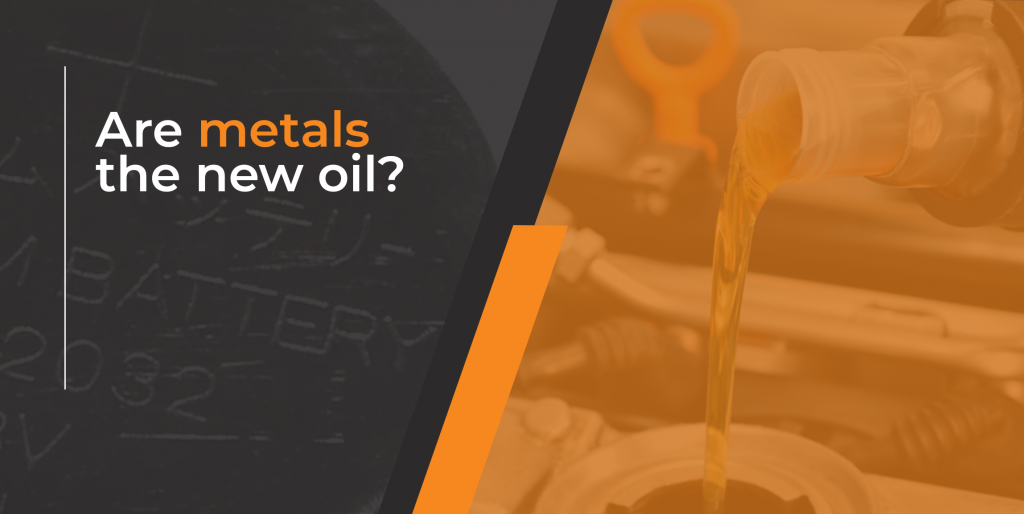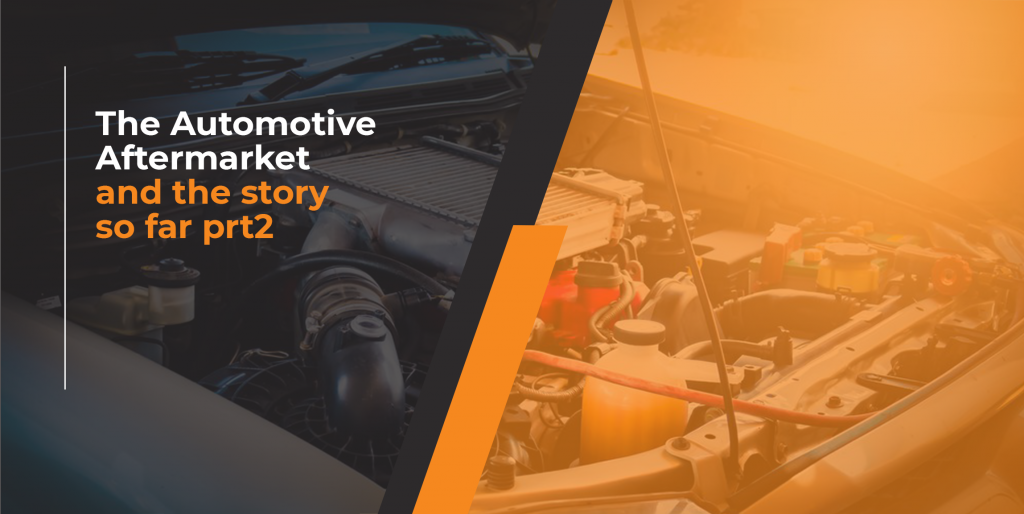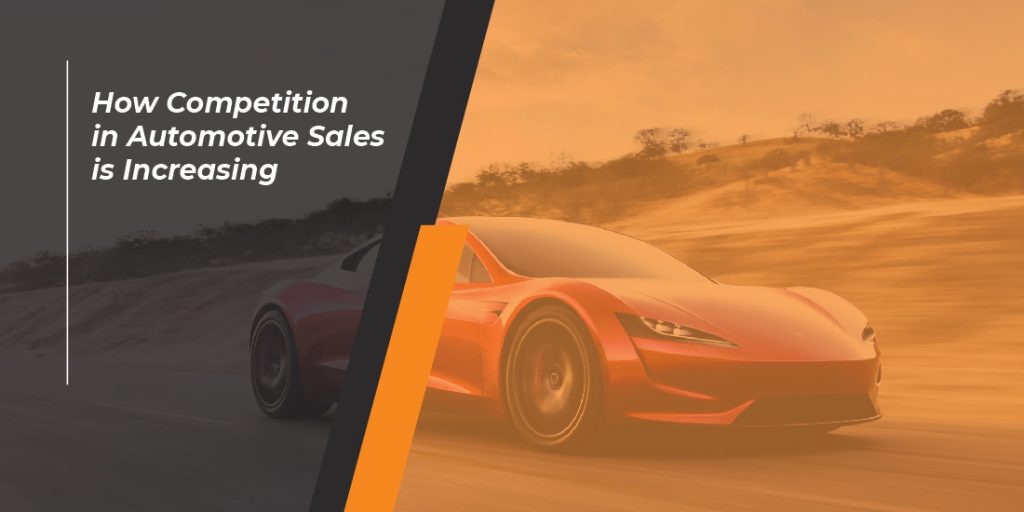
Inspired by Goldman Sachs report from 2021 – “Copper is the new oil.”
Carmakers plan to invest nearly US$515 billion in electric car production by the end of the decade. According to a study by the consulting company AlixPartners, by 2025 the investment in the production of electric cars will reach US$330 billion, and in 2020 automobile companies spent a total of nearly US$225 billion on capital expenditures and research. But is it worth it?
Concerns about demand
Despite additional investment in production, company executives and experts are worried that demand for electric cars will not reach expected levels without additional incentives and investment in the necessary infrastructure (check Eco Treats for the Aftermarket and Aftermarket vehicle hybridisation).
Brian Maxim, head of AutoForecast Solutions, likened the growing investment in this area to the Cold War. “Once some manufacturers announced programs for electric vehicles, everyone else had to announce their own programs or be considered lagging behind.” He also adds that “in this way, many vehicle manufacturers are planning significant volumes for a category of vehicles whose demand from consumers is unknown and which will bring minimal or no profit.”
The only company that has no problems with the demand for electric cars is Tesla, which sells virtually every vehicle it produces.
At the same time, regulations on the production of internal combustion cars, including hybrid models, are being tightened. A number of countries have announced plans to ban the sale of new internal combustion vehicles by 2030, and US President Joe Biden has said he expects 40% – 50% of new vehicle sales to be electric models by the end of the decade.
Are those goals realistic?
According to a report by the International Energy Agency (IEA) from this year, on average, an electric car requires six times more minerals than a conventional car (Basic Main Components of Electrical Vehicle – Traction Battery Pack, Power Inverter, Controller, Electric Traction Motor, Charger, Transmission, DC/DC Converter, Battery, Thermal System – Cooling, Charge Port). The types of metals used vary depending on the technology.
Lithium, nickel, cobalt, manganese and graphite are crucial to the performance, durability and energy power of batteries. Rare earth elements are essential for magnets, which in turn are vital for wind turbines and electric motors. Power grids need a huge amount of copper and aluminium, and copper is a cornerstone of all electricity-related technologies.
Assuming that the goals stated by state leaders at the last UN meeting since the beginning of the month (check “Key countries and car manufacturers are absent in the global emissions agreement”) are pursued and implemented, the demand for green metals from clean energy technologies will continue to grow significantly over the next two decades. According to the IEA, demand for copper will increase by more than 40%, while for some rare elements such as nickel, cobalt (expected growth in demand by more than 60-70%) and for lithium (90% expected growth in demand) growth in demand will be even higher. The report of the International Energy Agency proves that electric cars and the batteries in them have already replaced consumer electronics (smartphones, tablets) to become the largest consumer of lithium, and by the end of 2040 are expected to be the largest end user of nickel, displacing steel production.
Potential problems
The metal, which is used in conjunction with aluminium to make vehicles lighter, is mined mainly in China, and the Asian country imposes restrictions on such manufacturers to keep harmful emissions under control. There is no substitute for magnesium, and about 75% of the products for which primary aluminium is used would not be usable without magnesium (checkWhat Are the Clouds that Make Up the Automotive Storm? and The Automotive Aftermarket and the story so far part 2).
In September 2021, smelters in China, which is responsible for 85% of global magnesium consumption, were ordered to halve their production in a year when demand for the metal is higher than usual.
“These layoffs represent one of the biggest supplies delays the aluminium industry has ever experienced. It should be borne in mind that they occur in a year in which we see strong demand growth,” said Roy Harvey, CEO of Alcoa.
“At the moment, we cannot predict whether the magnesium shortage, which will definitely happen according to plans, will be greater than the semiconductor shortage,” Volkswagen’s Murat Axel told Reuters.
Finding alternative sources of magnesium is proving to be a difficult task, due to the dominance that China has established over the market. The cheaper way to extract magnesium used in China is why the Asian country has become such a major player in the market. It’s also largely responsible for closing dozens of smelters in Europe and the United States at the turn of the 21st century.
To find out more about the automotive aftermarket, or for a no-obligation introductory discussion, please contact us.
More from us









